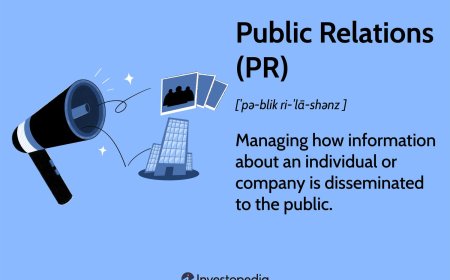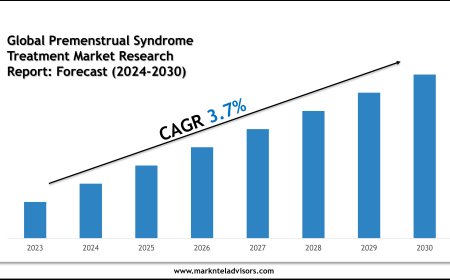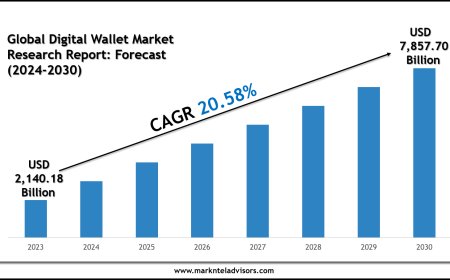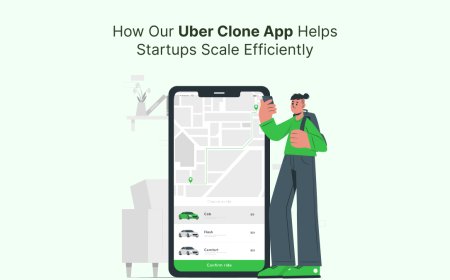Mainline IPO Subscription Status Explained: What QIB, NII & Retail Data Tells You
Mainline IPO Subscription Status Explained: What QIB, NII & Retail Data Tells You

Investing in IPOs (Initial Public Offerings) has become a popular trend among retail and institutional investors alike. Every time a new IPO hits the market, one of the most closely monitored metrics is theIPO subscription status. But what does it really mean? Why is there so much focus on categories likeQIB,NII, andRetail? And how can this data help you make smarter investment decisions?
In this blog, we break down everything you need to know aboutmainline IPO subscription status, the significance of each investor category, and how to interpret these numbers before you apply or wait for listing gains.
? What Is IPO Subscription Status?
TheIPO subscription statustells us how many times an IPO has been subscribed across various investor categories. The status is usually updated daily during the IPO bidding window (typically 3 days) and shows the response from:

- QIB (Qualified Institutional Buyers)
- NII (Non-Institutional Investors)
- Retail Individual Investors (RII or RII)
These figures indicate investor interest and often serve as early signals for the potential success or failure of an IPO.
? 1. Who Are Qualified Institutional Buyers (QIBs)?
QIBs include large financial institutions such as mutual funds, foreign institutional investors (FIIs), insurance companies, and banks. These investors have deep financial knowledge and often invest large sums of money.
- Allocation: At least50% of the IPOis reserved for QIBs.
- Bidding pattern: QIBs usually submit bids on thelast dayof the IPO to avoid influencing the early subscription momentum.
- What it indicates: A strong QIB response shows institutional confidence in the companys fundamentals. It often acts as apositive triggerfor retail and HNI investors.
Example: If the QIB portion is subscribed 30x on the final day, it signals robust institutional interest.
? 2. Who Are Non-Institutional Investors (NIIs or HNIs)?
NIIs, also known asHigh Net-Worth Individuals (HNIs), are individuals or companies who invest more than ?2 lakh in an IPO. They can include wealthy individuals, corporate bodies, or venture funds.
- Allocation: Around15% of the IPOis reserved for NIIs.
- Types: NII is divided into two categories:
- Small HNIs: ?2?10 lakh investment
- Big HNIs: Above ?10 lakh investment
- What it indicates: A high NII subscription usually reflects expectations oflisting gains. Many HNIs use funding routes to leverage their applications.
Tip: Sudden spike in NII bids toward the end indicates bullish sentiment among wealthy investors.
??? 3. Who Are Retail Individual Investors (RIIs)?
Retail investors are individuals who apply for shares worthup to ?2 lakhin an IPO.
- Allocation: A minimum of35% of the IPOis reserved for retail.
- Application basis: Allotment is done through a lottery system if the IPO is oversubscribed.
- What it indicates: High retail participation showsmass market interest. It also helps gauge whether the company has a trustworthy brand image or retail appeal.
Pro tip: Oversubscription in retail often leads to low chances of allotment, but its a good signal of public interest.
? How to Read Subscription Numbers
Lets take a hypothetical example of a mainline IPOs Day 3 (final day) subscription status:
|
Category |
Shares Offered |
Subscribed |
|
QIB |
50 lakh |
100x |
|
NII |
15 lakh |
80x |
|
Retail |
35 lakh |
25x |
|
Total |
100 lakh |
70x |
Interpretation:
- QIB 100x: Very strong institutional demandpositive for long-term investors.
- NII 80x: HNIs are very optimisticpossibly expecting good listing gains.
- Retail 25x: Excellent retail traction, though allotment chances are slim.
This suggests the IPO is in high demand and may list at apremium over issue price.
? Why Is Subscription Status Important?
Understanding IPO subscription data helps in multiple ways:
- Allotment probability: Retail investors can estimate their chances of getting shares.
- Listing gain prediction: Heavy oversubscription often leads to strong listing gains.
- Investor confidence: High QIB interest usually reflects confidence in the companys business model and future outlook.
- Avoiding hype traps: Sometimes, if only the retail portion is oversubscribed but QIB/NII is weak, it may indicate a short-lived hype.
?? Common Misconceptions
- Myth: "Higher subscription always means better returns."
Reality: Some overhyped IPOs underperform post-listing due to poor fundamentals or aggressive pricing. - Myth: "Low QIB subscription means the IPO is bad."
Reality: Sometimes, QIBs wait until the last hour of the final day to place bids.
? Where to Track Live Subscription Status?
You can check real-time IPO subscription status on:
- NSE & BSE websites (during market hours)
- Reliable IPO blogs and financial portals likeUpcoming IPO Watch
- News channels and apps offering IPO tracking features
These platforms update data multiple times a day during the bidding period.
? Final Words
Understanding themainline IPO subscription statushelps investors make informed decisions rather than following the crowd. Whether youre a first-time retail applicant or an HNI, watching QIB and NII participation can reveal valuable insights about the demand dynamics of an IPO.
While no single metric guarantees success, combining subscription analysis with other factors like grey market premium (GMP), financials, and company fundamentals can significantly boost your IPO investment strategy.
? FAQ Section
Q1. What is considered a good IPO subscription status?
A total oversubscription of more than10x, with strong QIB and NII interest, is generally considered good.
Q2. How is IPO allotment decided for retail investors?
Its done via alottery systemif the IPO is oversubscribed in the retail category. Each valid application gets an equal chance.
Q3. Can IPOs with low subscription still list at a premium?
Rarely. IPOs with poor QIB or NII participation often struggle to perform post-listing, even if the company has a good story.
Q4. Does high QIB subscription guarantee success?
Not alwaysbut its a strong indicator ofinstitutional confidence, especially for long-term investors.


































